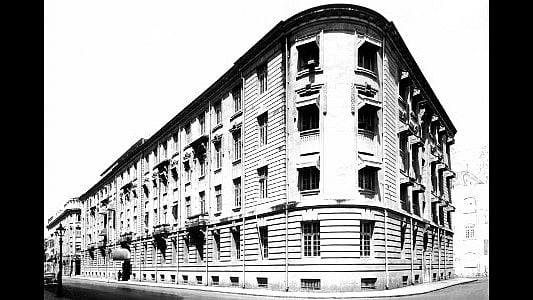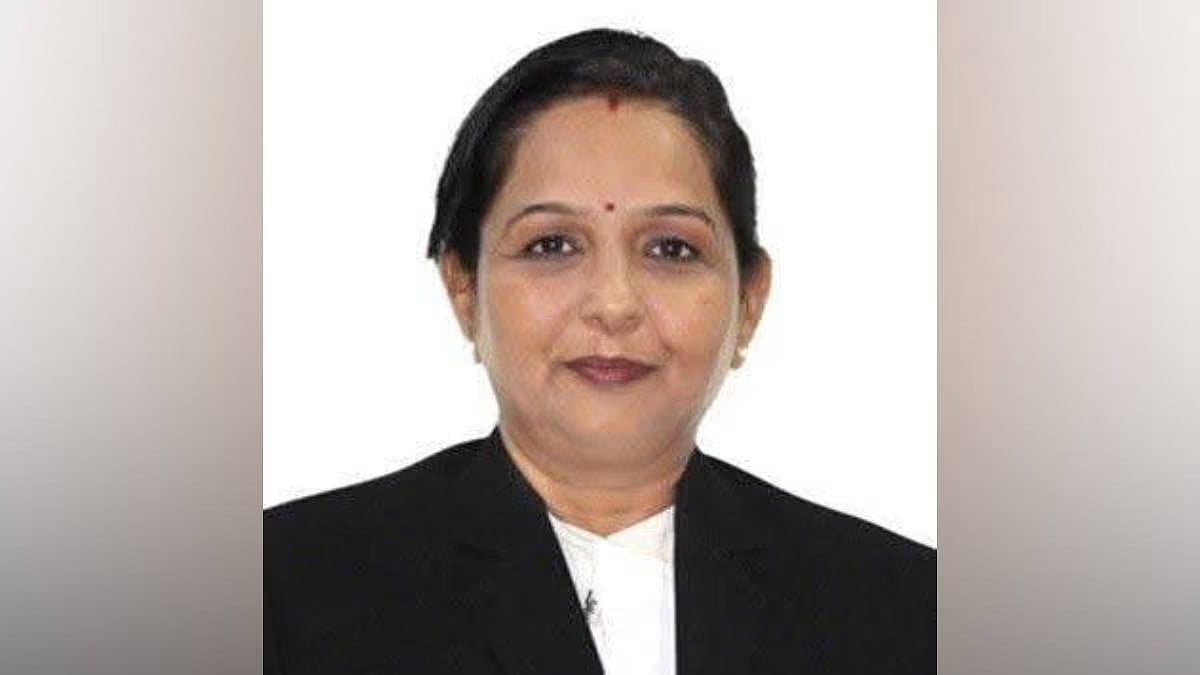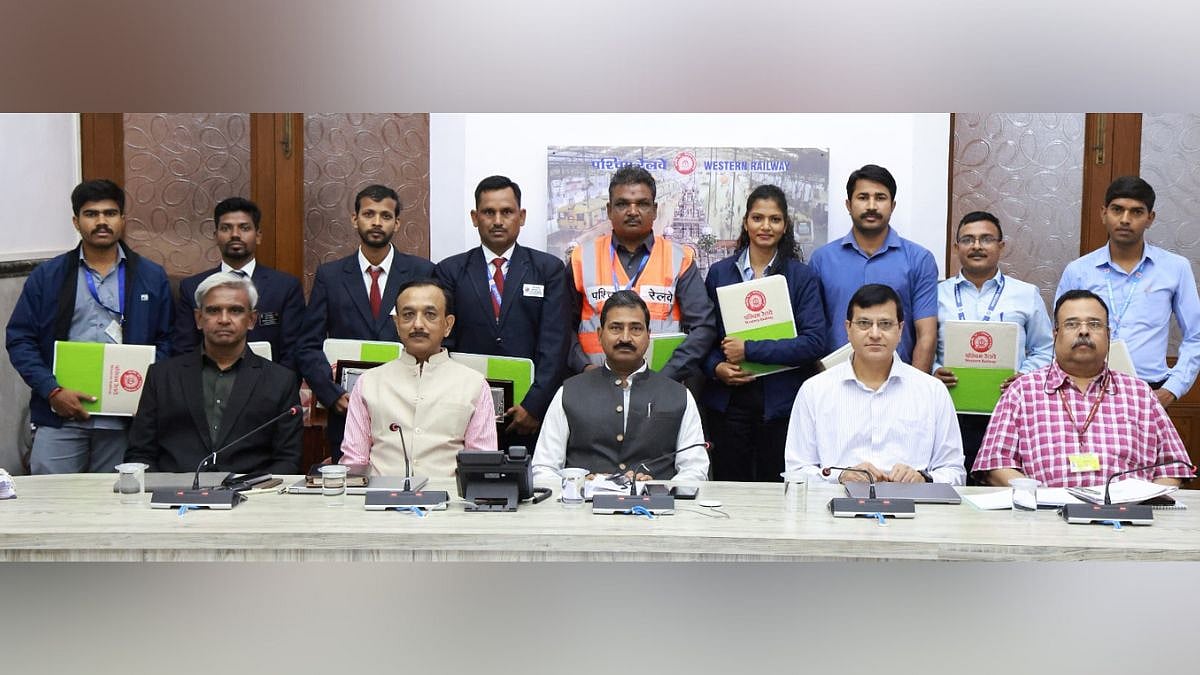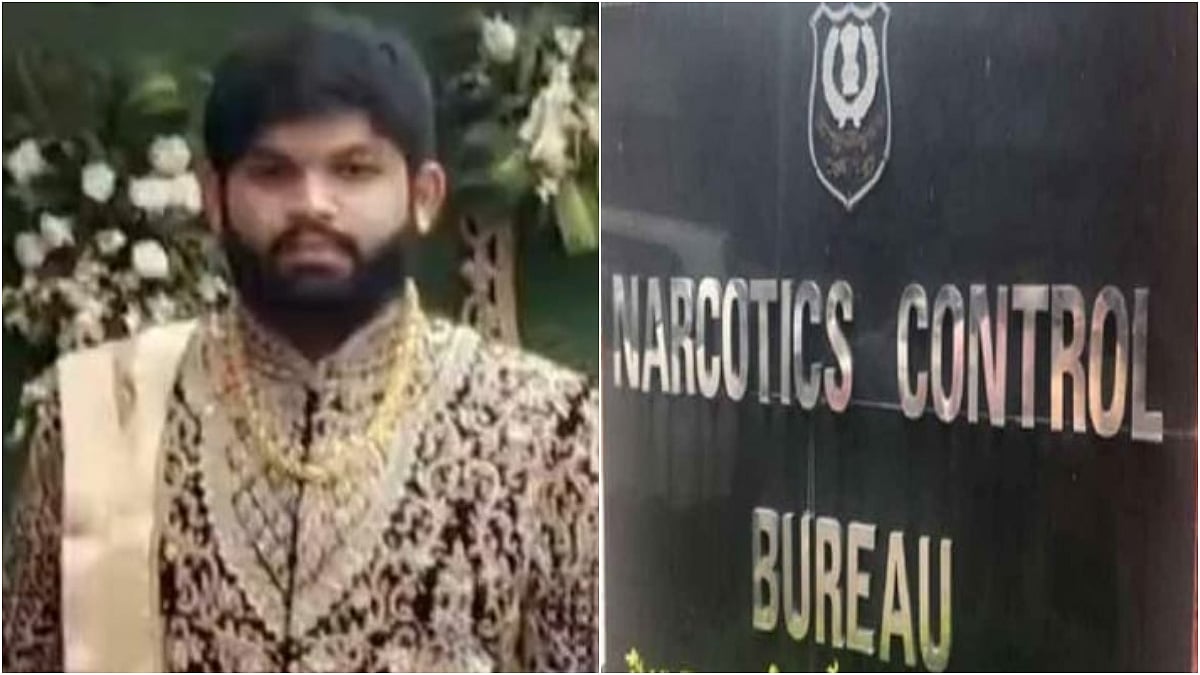The Managing Director and the management team was waiting for the arrival of Ratan Tata, the then Chairman of the Tata Steel and the other group companies at the newly renovated office of Tata Steel, on the third floor of Bombay House. This was in the morning hours in the year 1998. Always on time and famous for the impromptu speech, as Tata arrived, people observed a pin drop silence. Tata cut the ribbon to inaugurate the office and took a look at every nook and corner of the office along with the management team and the interior designer and said, “Tata Steel’s office within Bombay House is a landmark, however, I didn’t like the flooring as it creates noise pollution” and being a lefty, he tapped the flooring with his left shoe which created a high-level noise. He added in his typical witty manner, “One can’t challenge me on this because by academics, I am a structural engineer!” All laughed at his remark, but soon a red carpet was put on the main gangway from the main door to the office of the Managing Director and the adjacent Board Room covering a major portion of the flooring.

Tata Group started its operations from Navsari Chambers in the Fort area of the city of Bombay. However, after the demise of the founder of the Tata Group Jamsetji Nusserwanji Tata, his elder son Sir Dorab Tata started diversifying the business into Steel, Power, Textile etc. The space available at Navsari Chambers became inadequate. Bombay House on the Bruce Street, Fort, Bombay, now Mumbai was erected. R D Tata, the father of J R D Tata named it as Bombay House despite his friends urging him to name it as Tata House. A plot measuring 2,365 sq yrds (1,977 m2) was on sale by the Bombay Municipal Corporation that was purchased by the Tata Group and handed over to a newly formed company, The Associate Building Company (ABC), who hired George Wittet specialised architect in Indo-Saracenic architecture and who had designed the entire Ballard Estate, Gateway of India, The Prince of Wales Museum, Bombay, KEM Hospital, The Institute of Science etc. He designed Bombay House and built it with Malad stone. The four-storey Bombay House had French Pendulum Wall Clocks, French Chandeliers and a teakwood furniture that gave it a typical colonial look. Which was further enhanced by tray of tea or coffee covered by a tea cosy with cookies and creamy cakes prepared by the Hotel Taj Mahal and served in spotless white chinaware by a white dressed Pattewala with white gloves with utmost care. It is also said that the Bombay House is perfect according to Indian Vastu Shastra which was not a focal point when it was designed by George Wittet who later became Head of Tata Engineering, now Tata Motors.
The fourth floor of Bombay House is meant for the Directors of Tata Sons, the parent company of the Tata Group with a fully equipped Taj pantry. The other floors have been occupied by flagship companies like Tata Industries, Tata Steel, Tata Motors, TCS, Tata Power, Tata Chemicals etc Many notable directors like J R D Tata, Col. Leslie Sawhny, Naval Tata, Ratan Tata, Simone Tata, Noel Tata, Nani Palkhivala, Russi Mody, Dr J J Bhabha, Sharokh Sabavala, Dr J J Irani, Sumant Moolgaokar, D S Seth, F C Kohli had there office in Bombay House.
I have had the privilege of welcoming many great personalities from the different walks of life like Field Marshall Sam Manekshaw, S L Kirloskar, Swami Chinmayananda, Nanaji Deshmukh, Achyutrao Patwardhan, Mother Teressa, Henry Kissinger, Sitar Maestro Pandit Ravi Shankar are to name a few, at the main entrance of the Bombay House.
Many important decisions like creating Air India in 1932, forming TCS & Voltas as part of Tata Sons to forming Lakme, Tata Press and acquiring Tetley by Tata Tea, Corus, that was formerly British Steel, acquired by Tata Steel were taken in the Board Room of Bombay House. It also witnessed transfer of power from Nowroji Sakalatwala to J R D Tata and later from J R D Tata to Ratan Tata. It was also privy to tussles between Russi Mody with the Tata Group in the year 1993 and later in the year 2016, between Tata Sons and Cyrus Mistry.
Many incidences disturbed Bombay House like Greenpeace activists gheraoing Bombay House protesting construction of Port Dhamra in Orissa in 2008 or attack on the Hotel Taj Mahal on 26/11, fire in Bombay House on February 9th, 2011, or the financial fiasco in Tata Finance. Bombay House, however, always stood like a lighthouse to show the path. It accepted challenges gracefully. Refunding all investors’ money with interest in-case of Tata Finance proved the integrity of Bombay House towards its stakeholders. Times may have changed but Bombay House has never compromised on its values inculcated by the founder J N Tata. Hence, Bombay House even in today’s world stands as a Temple of Trust.









